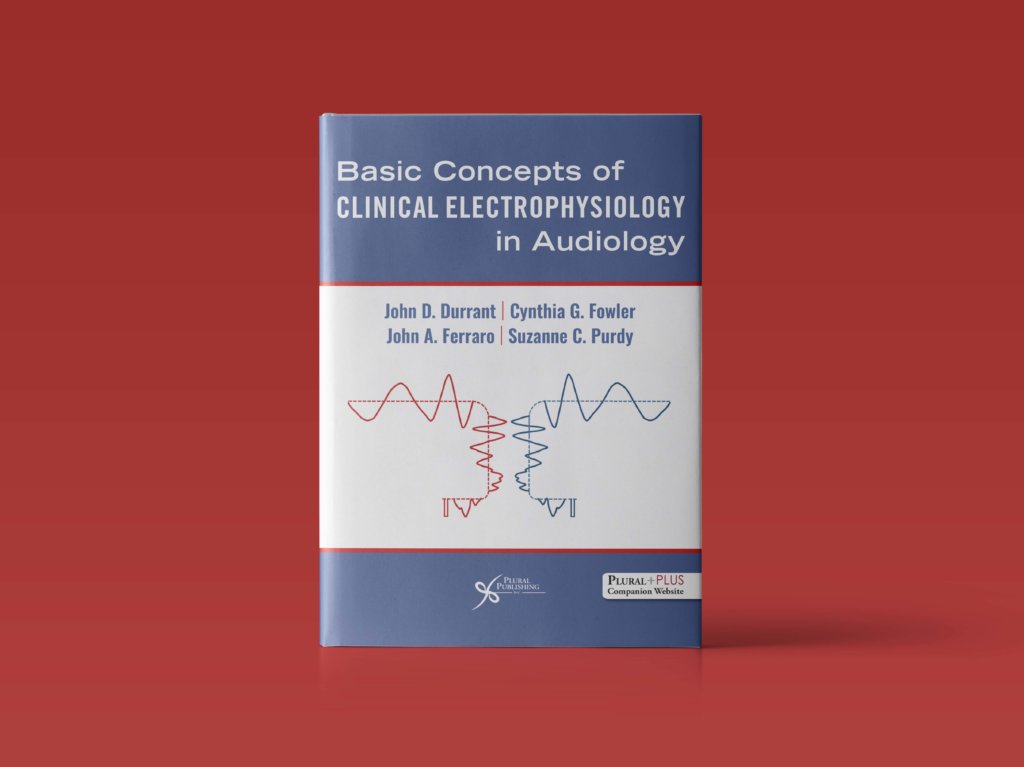Book Review
Basic Concepts of CLINICAL ELECTROPHYSIOLOGY in Audiology

Plural Publishing 2022
Reviewed by Robert V. Harrison
This is a very comprehensive compendium, multi-authored (N=36) by the best in the field. The work has been compiled under the direction of IERSAG – the International Evoked Response Audiometric Study Group which has a longstanding reputation for promoting the field of auditory electrophysiology. This volume exhibits the most authoritative and up-to-date concepts in auditory evoked potential research and associated clinical applications. The editorial team that has contributed to the final book is largely made up from the present (2022)
IERSAG council membership. I notice with pleasure that there is also a tribute to Council Chair Emeritus Terry Picton for his “ever-inspiring influence and leadership”, as well as a dedication page that lists eight outstanding figures in the field starting with the founder-in-chief, Hallowell Davis.
This volume is very comprehensive in that it covers almost all fields that relate to the clinical electrophysiology of hearing. There are sections on acoustics and signal calibration, basic science aspects of neural excitation, followed by a systematic trip from the cochlea to cortex. Throughout this coverage there is detail about sources of evoked potentials and interpretations about underlying neural processing. The chapters are scientific in the sense that they reflect recent new knowledge with appropriate source papers well-referenced. I personally gained from reading this volume, and suggest that it will be of similar value for those already involved (including the contributing authors) who want to get a bigger picture of their field of study.
To make this book serve many other purposes, the authors have presented the work as being both an educational tool for training hearing healthcare clinicians and scientists, and a practical resource for those already in clinical practice. This is a difficult task. The former goal is met with a preface including a “Special Message to Student Readers” and a “Special Message to Instructors Adopting This Textbook”. These sections provide very useful and important advice for those in the educational realm. The second purpose of the volume is to help clinicians make use of electrophysiological methods for diagnosis and for an increased understanding of hearing disorders. To this end most chapters contain some reference to clinical application implicitly or explicitly stated. In addition, there are numerous “Heads Up” sections which pose clinically relevant questions and provide useful advice. The final chapters of the book also concentrate on clinically related problems in audiology. As an experienced academic in this field of auditory electrophysiology I found this book to be highly satisfying as a comprehensive bible of the specialty to date. Is it at an appropriate level for an audiologist or otologist at stage-one of training? Perhaps not. However, for an experienced hearing healthcare professional or a basic scientist in the field it represents a valuable primary source for the current knowledge base.

